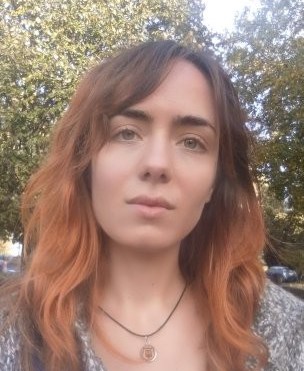Tim 20-21, Timisoara
E. Radu was one of the invited plenary speakers of the Tim 20-21 conference, organized by the West University of Timisoara, Romania, on November 11-13, 2021.
E. Radu was one of the invited plenary speakers of the Tim 20-21 conference, organized by the West University of Timisoara, Romania, on November 11-13, 2021.
The 2021 update of the Stanford/Elsevier author database of the standardized citation indicators, features Gr@v members C. Herdeiro and E. Radu in the career long data and (additionally) P. Cunha and N. Sanchis-Gual in the single year 2020 data. All information and data files available here.
We propose an extension of the $f(R,L_m)$ gravity theory by considering the coupling between matter and geometry in conformal quadratic Weyl gravity, explicitly formulated in the Weyl geometry.
Extremal black holes that are not extremal: maximal warm holes
Oscar J. C. Dias, Gary T. Horowitz, and Jorge E. Santos
arXiv:2109.14633 [hep-th]

Both for studies of cosmic censorship and for practical purposes in gravitational wave astronomy, it is desirable to include future null-infinity in the computational domain. Extending formulations of general relativity known to behave well in the strong-field regime out to infinity with compactification is, however, a subtle game.
Equatorial EMRIs in KBHsSH Spacetimes
Lucas G. Collodel, Daniela D. Doneva, and Stoytcho S. Yazadjiev
arXiv:2108.11658 [gr-qc]
Great COST Advanced School on the physics of dark matter and the hidden sector, at Lund, Sweeden, co-organized by A. Morais. In the photo the Gr@v team members that attended the school with some close collaborators.
Despite the plethora of evidence of the existence and abundance of dark matter we have from large scale cosmological observations, there is still little we know of its properties or its behaviour on small scales. A promising way to test this is through the effects it may have on the gravitational wave signal from black hole binary mergers.